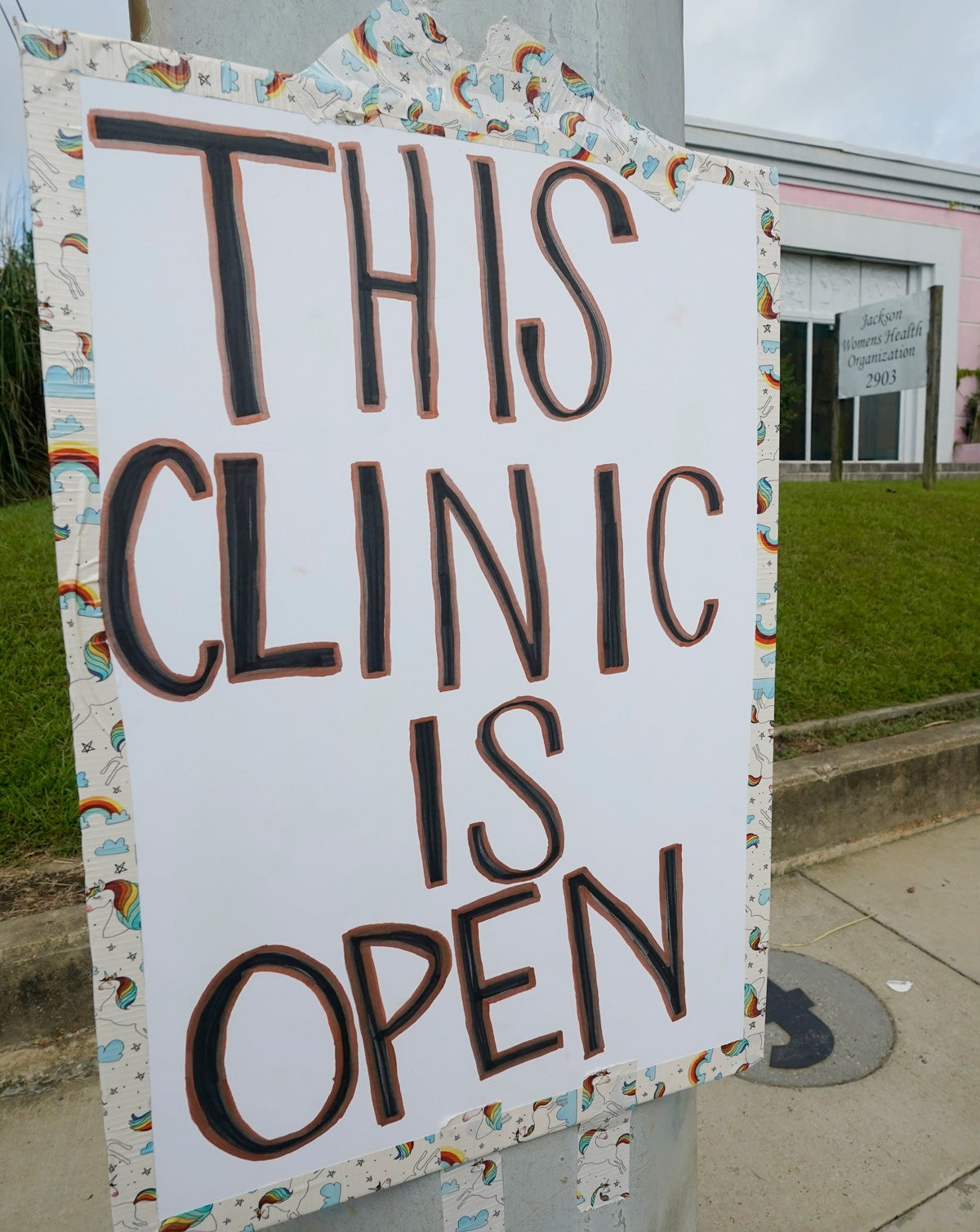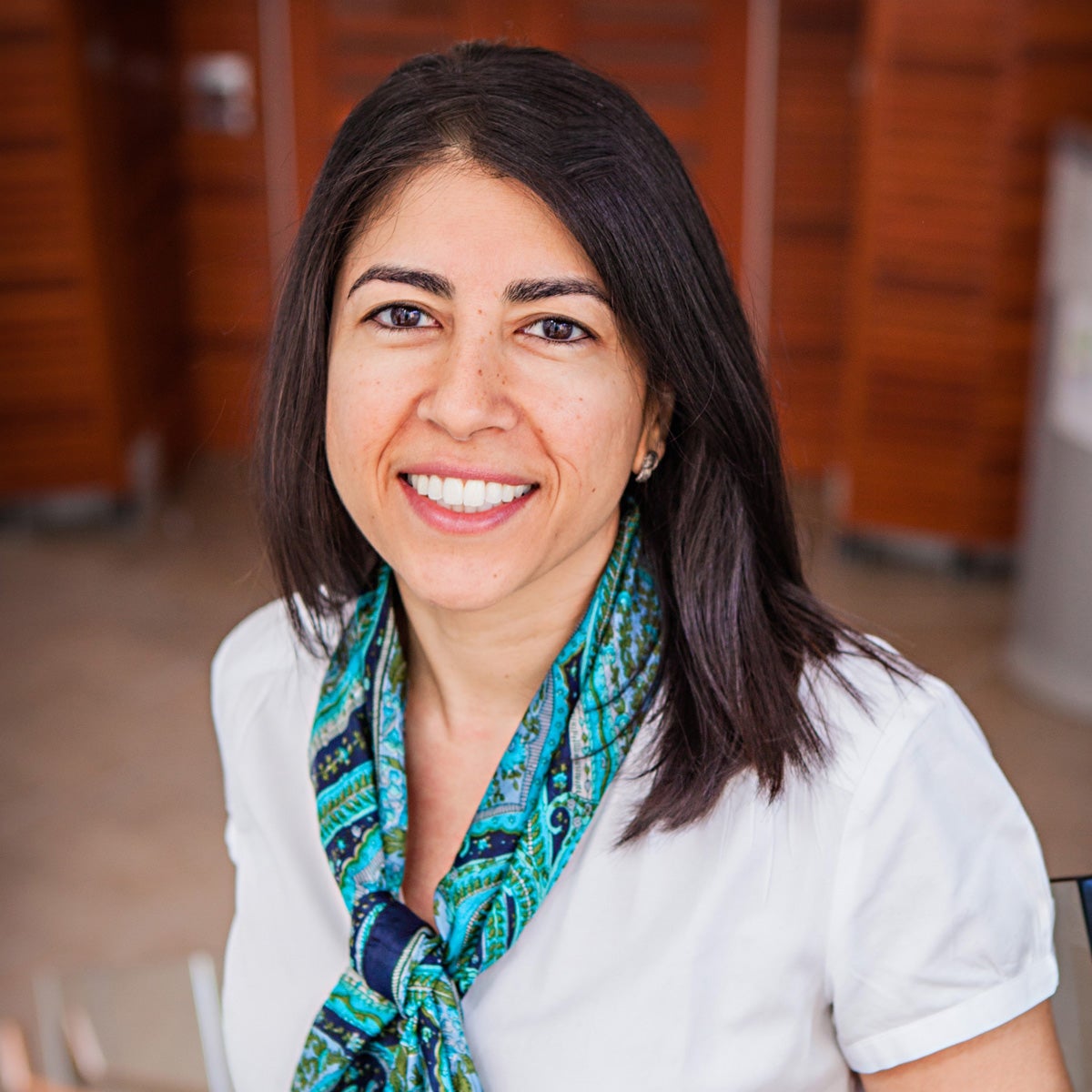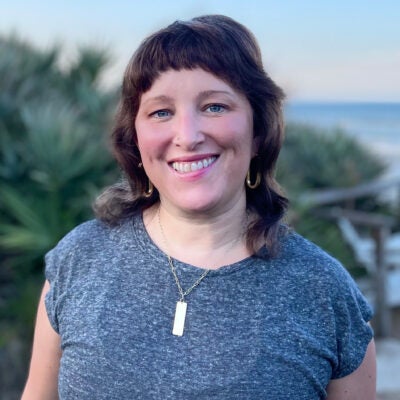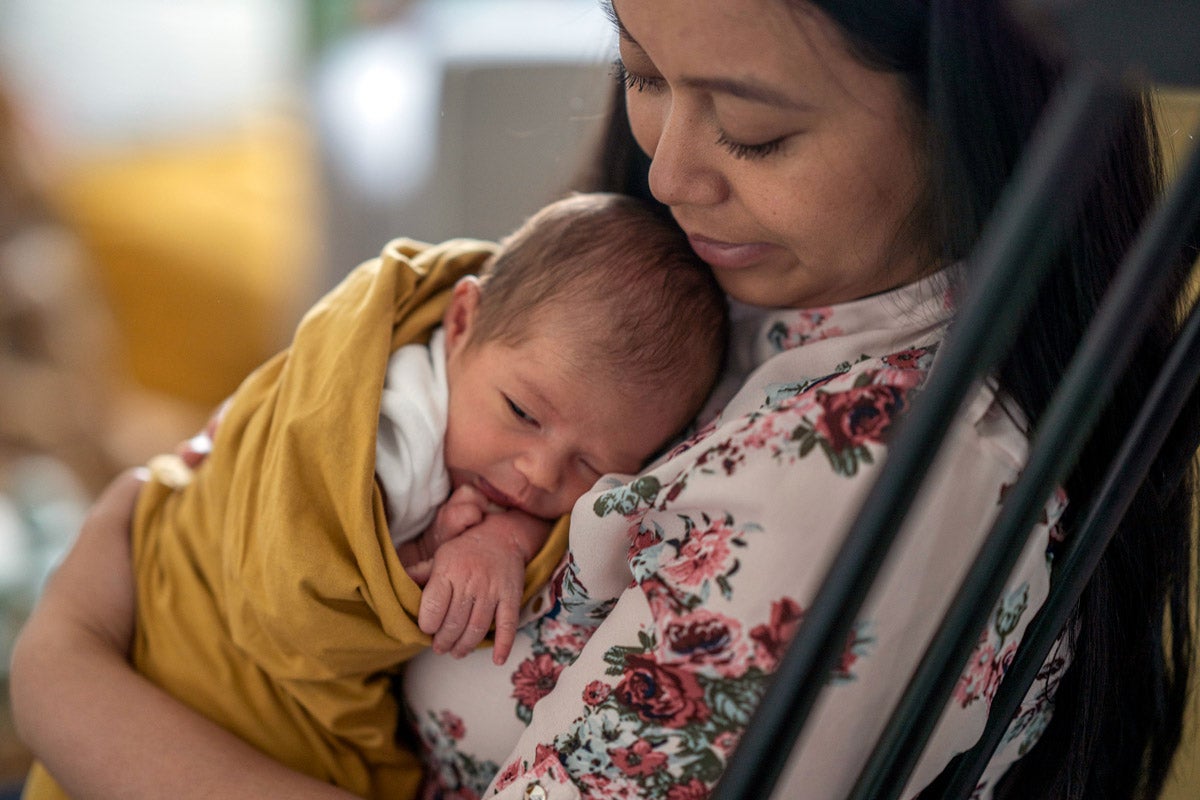
People
#WeCount: Measuring Dobbs’ impact on abortion access
When the U.S. Supreme Court released its decision last June ending the federal right to abortion access, Ushma Upadhyay was already preparing to assess the ruling’s national impact. A professor at the University of California, San Francisco, Upadhyay co-chairs #WeCount, a national research study housed at the Society of Family Planning, a nonprofit research organization.
Since April 2022, the #WeCount study, which includes faculty from multiple state universities, has collected data from hundreds of abortion providers. It recently released an analysis of data collected from July 2022 through March 2023. The study found that there were fewer abortions in seven of nine months post-Dobbs—and cumulatively 25,000 fewer abortions—as compared to before the decision.
Upadhyay spoke with Harvard Public Health contributor Amanda Becker about #WeCount, what we already know about Dobbs’ impact, and what we still need to find out—along with the unique concerns surrounding public reproductive health research in a period of legal uncertainty.
This interview was edited and condensed for clarity.
Sign up for Harvard Public Health
Delivered to your inbox weekly.

Becker: #WeCount gets its data directly from clinics — how many are we talking? And what are you seeing?
There are over 750 clinics in the country. For clinics that don’t participate, we take several steps to impute that missing amount of data, and that allows us to come up with estimates.
Becker: What data are the clinics providing?
Upadhyay: Only the monthly number of abortions. We had big dreams to collect more data, including the number of weeks of gestation and the states that patients were traveling from. But there were concerns in the abortion provider community regarding sharing such data. They thought sharing the monthly number of abortions would confer the least risk.
Becker: More than half of the abortions done in the United States are with medication. Are you able to track medication abortions, since patients can visit virtual clinics or order the medicine online?
Upadhyay: We have data on abortions provided through telehealth and we are able to disaggregate the virtual-only providers. There are many brick-and-mortars that offer telehealth services; we didn’t ask for disaggregated numbers from them. But for the virtual-only clinics, we know that 100 percent of the numbers they provide us are telehealth. In April of 2022, before Dobbs, telehealth abortions provided by these virtual clinics accounted for four percent of all abortions; that increased to 11 percent by December. So, we know that this is increasing dramatically.
Becker: Are there factors other than Dobbs that could explain the shifts you’ve documented in this study?
Upadhyay: It’s because of Dobbs. We can see that the drops [in overall numbers of abortions] are in states where bans were enacted, and we can also see the states that are seeing the greatest increases are states that have abortion access yet are closest to states that banned abortion. So, huge surges in Kansas, huge surges in Illinois and North Carolina. But we’re not seeing those same surges in New York or California. We’re seeing travel distance is a huge barrier to access.
Becker: What do we still not know? If you could get the data of whatever you were most interested in right now, what would it be?
Upadhyay: I’d love to know, in states with bans, how many abortions are hospitals providing under the exceptions to those bans. I’d like to understand more about patients weighing their different options: What do they consider when are they thinking about traveling? What are the other factors that they’re taking into account? And then also weighing that against self-managed abortion, which might mean ordering pills online. The other research question we have is: ‘Are these bans leading to people needing more [abortions at later stages of pregnancy]? I would have loved to have had that gestational age data, to see if people come in later and further along in their pregnancies.
Becker: You do have a couple of hospitals providing data to the study. Was it difficult to get them to participate? Why is it important to include hospitals when stand-alone clinics provide the vast majority of abortions in this country?
Upadhyay: It was extremely hard. We worked with the Society of Maternal-Fetal Medicine to let their members know about the study and to report any abortions being done. Providers at hospitals in states with bans are having to weigh the risks of doing an abortion…They’re concerned about their licenses more than anything else, and that’s governed by the state. I think that’s what leads many providers to be more conservative and to withhold what can become life-saving care — it may not be life-saving care in the moment that they decide not to do the abortion, but every scenario is different, and a patient can become critical at a moment’s notice, or without any notice.
Becker: How much more consideration are you having to give to legal issues? Is that new or is that something that is always a part of research like this?
Upadhyay: It’s definitely a new consideration and new concern. People are hyper-vigilant; people are concerned about subpoenas. Even where and how we store our data, that could be a potential threat. We try to use a system like REDCap [a browser-based data organization platform] where our data is stored on our own university servers, where our university lawyers can help protect our data. Every little decision, we are thinking about who can subpoena our data.
Becker: How many rounds of data collection will you do? Is the project indefinite? Will it move into a new phase?
Upadhyay: The plan is to collect data up to one year post-Dobbs. The last one will include data all the way through June, and it will be released in September or October.
Top Image: Jackson Women’s Health Organization, the clinic at the center of the case that overturned Roe v. Wade and the state’s only abortion clinic, was open when this photo was taken on July 3, 2022. Just three days later, it closed permanently as Mississippi’s trigger law took effect. (Rogelio V. Solis / AP Photo)



